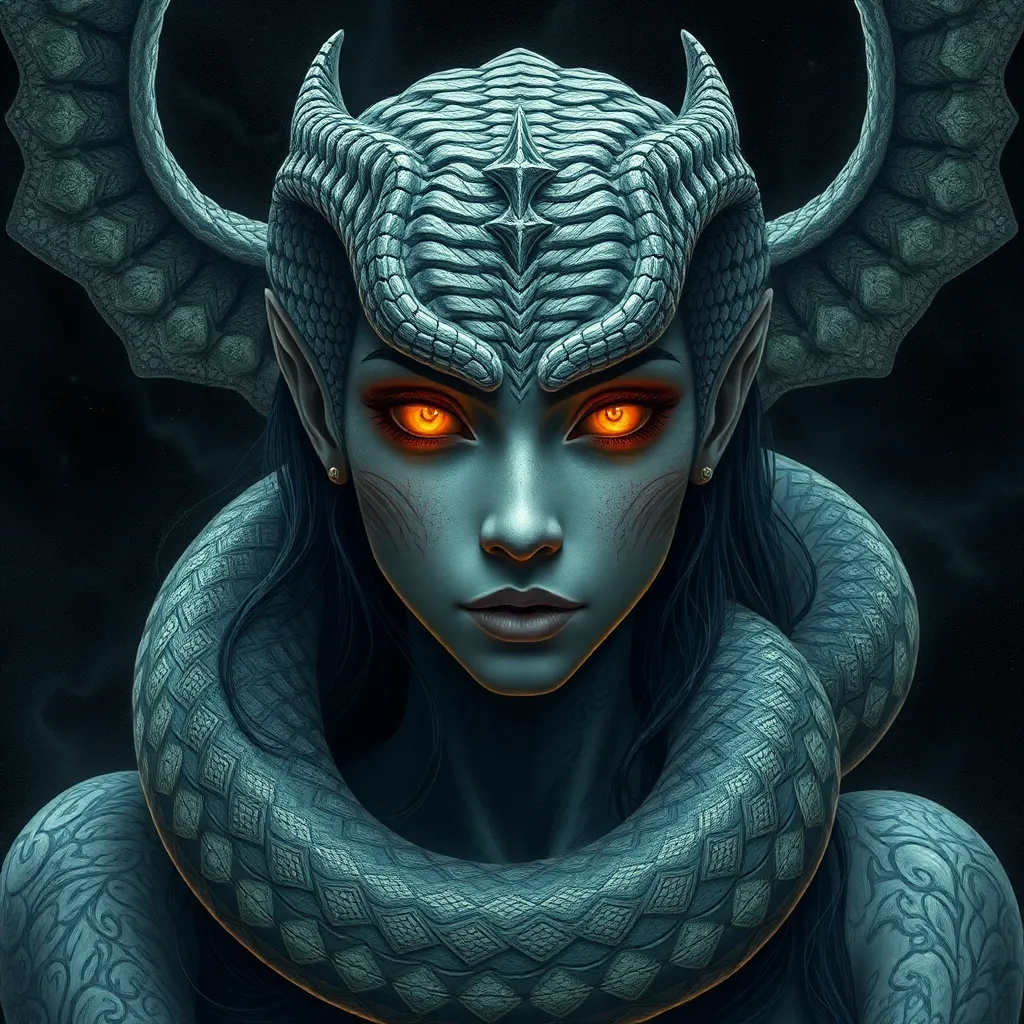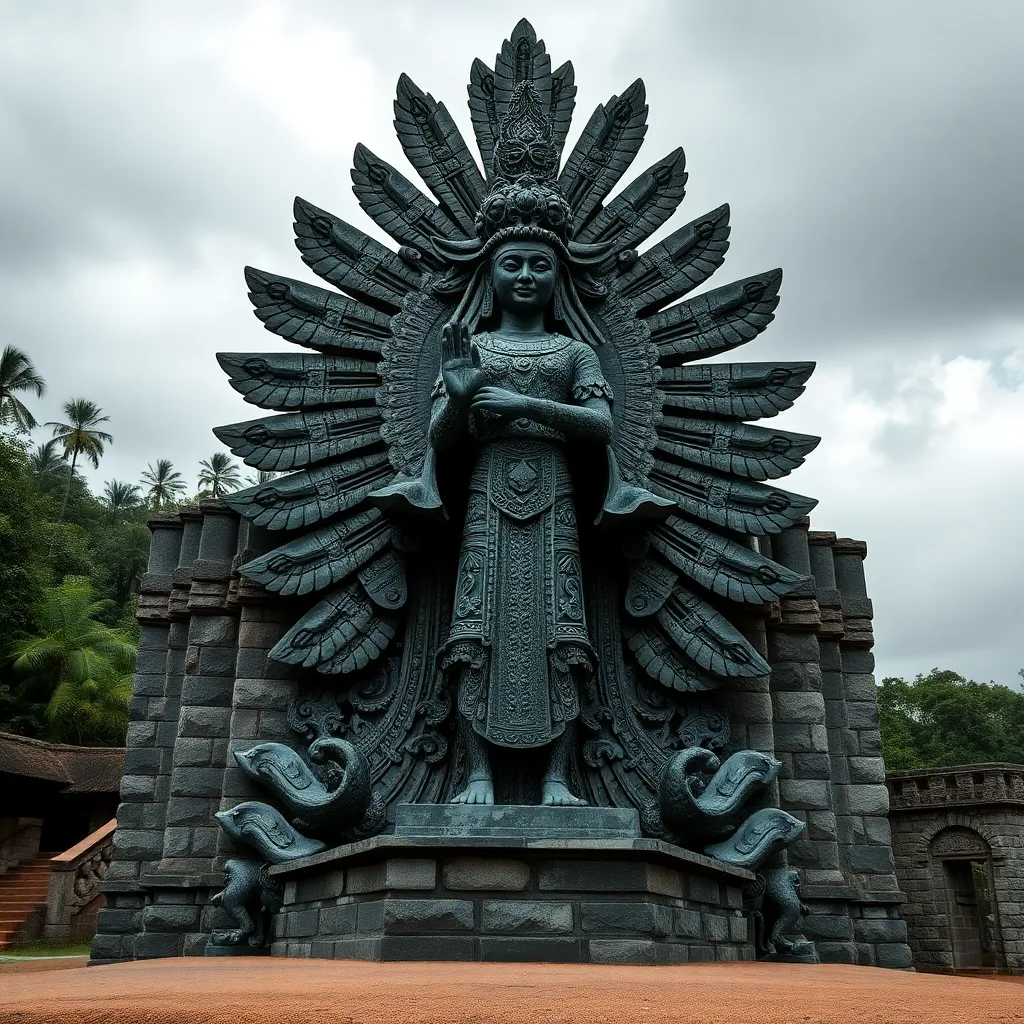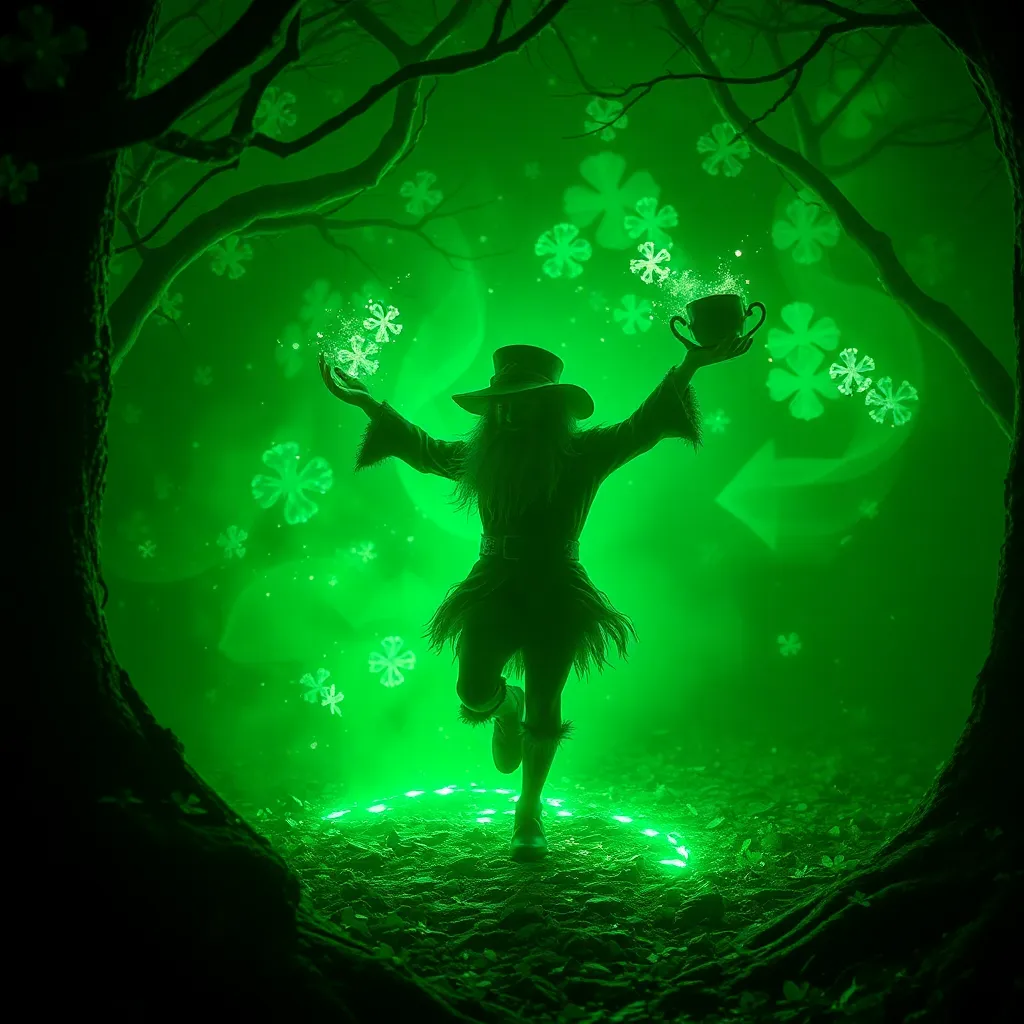The Serpent’s Gaze: Examining the Fear and Fascination Surrounding Lamia
I. Introduction
The figure of Lamia is a captivating character from ancient mythology, often depicted as a monstrous woman with the ability to transform and a penchant for consuming children. Her story is steeped in tragedy, betrayal, and revenge, making her a compelling figure in the pantheon of mythological characters.
What makes Lamia particularly intriguing is her dual nature: she evokes both fear and fascination. On one hand, she represents the terrifying aspects of femininity and the danger of the unknown; on the other hand, she embodies a deep-seated allure that draws people in. This article aims to explore the cultural significance and various interpretations of Lamia throughout history.
II. Historical Origins of Lamia
The origins of Lamia can be traced back to ancient Greek mythology. According to legend, she was a beautiful queen of Libya who became a lover of Zeus. After Hera, Zeus’s wife, discovered the affair, she cursed Lamia, transforming her into a monster who would devour her own children in her madness.
Over the centuries, Lamia’s character has evolved through different literary sources. From her initial portrayal as a tragic figure, she has been reinterpreted as a malevolent entity, reflecting societal attitudes towards women and motherhood.
In ancient cultures, snakes were potent symbols, representing a range of meanings from wisdom to danger. Lamia’s association with serpents highlights this symbolism, as she is often depicted with snake-like features, further embedding her within a rich tapestry of mythological significance.
III. Lamia in Literature and Art
Lamia has been depicted in various forms of classical literature, with notable references in the works of writers such as Apollonius of Rhodes and John Keats. In Keats’s poem “Lamia,” she is portrayed as both enchanting and tragic, capturing the complexity of her character.
- Classical Literature: Lamia’s story serves as a cautionary tale about the consequences of desire and jealousy.
- Renaissance Art: Artists like Gustave Moreau have depicted Lamia as a seductive figure, emphasizing her allure.
- Modern Interpretations: Contemporary literature and art continue to explore her character, often challenging traditional narratives.
One notable work is Keats’s “Lamia,” where the themes of love, loss, and transformation are intricately woven into the narrative. This poem not only solidifies Lamia’s status as a muse but also reflects the Romantic fascination with the supernatural.
IV. Psychological Interpretation of Lamia
Lamia can be viewed through the lens of psychological archetypes, particularly that of the femme fatale. She embodies the idea of a woman who seduces and ultimately destroys, reflecting societal fears surrounding feminine power and sexuality.
The fear of the feminine is deeply rooted in various cultures, often manifesting in myths and stories that warn of the dangers posed by strong women. Lamia serves as a symbol of these anxieties, representing the tension between attraction and repulsion.
Moreover, Lamia reflects human desires and anxieties about motherhood, sexuality, and loss. Her tragic narrative elicits empathy, even as her monstrous traits invoke fear.
V. Lamia in Popular Culture
In contemporary media, Lamia has resurfaced as a figure of intrigue in films, books, and television series. Her character has been reinterpreted in various ways, often shedding light on modern views of femininity and power.
- Films: Movies often depict Lamia as a seductive figure, emphasizing her mysterious nature.
- Literature: Modern authors revisit her story, incorporating themes of empowerment and resistance.
- Television: Series like “Supernatural” and “American Horror Story” feature characters inspired by Lamia, showcasing her enduring legacy.
This resurgence of interest in mythological figures highlights a cultural shift towards reexamining and redefining narratives that have traditionally marginalized women.
VI. The Symbolism of the Serpent
The serpent is a powerful symbol in mythology, often embodying duality—representing both wisdom and danger. In the context of Lamia, the serpent motif underscores her complexity as a character.
- Wisdom: In many cultures, serpents are associated with knowledge and enlightenment.
- Danger: Conversely, they also symbolize treachery and fear, much like Lamia herself.
The connection between Lamia and the serpent motif emphasizes the dichotomy of her character—both nurturing and destructive. This duality invites deeper contemplation of the nature of femininity and the roles women play in society.
VII. The Fear and Fascination Dichotomy
The psychological reasons behind the fear of Lamia are multifaceted. She represents the unknown, a force that challenges societal norms and expectations. The allure of the supernatural often captivates the human imagination, drawing individuals toward the mysteries that lie beyond the mundane.
In modern discussions, Lamia serves as a lens through which we can explore themes of femininity and power. Her character raises critical questions about the representation of women in mythology and literature, challenging us to consider the implications of fear and fascination in our understanding of gender.
VIII. Conclusion
Lamia’s enduring legacy in culture is a testament to her complex nature and the themes she embodies. Her story resonates through the ages, inviting us to examine the intricate balance of fear and fascination that characterizes the human experience.
As we explore myths like Lamia in contemporary society, we gain valuable insights into our anxieties, desires, and the cultural narratives that shape our understanding of femininity. Ultimately, Lamia serves as a reminder of the power of storytelling and the enduring impact of myth on our lives.



